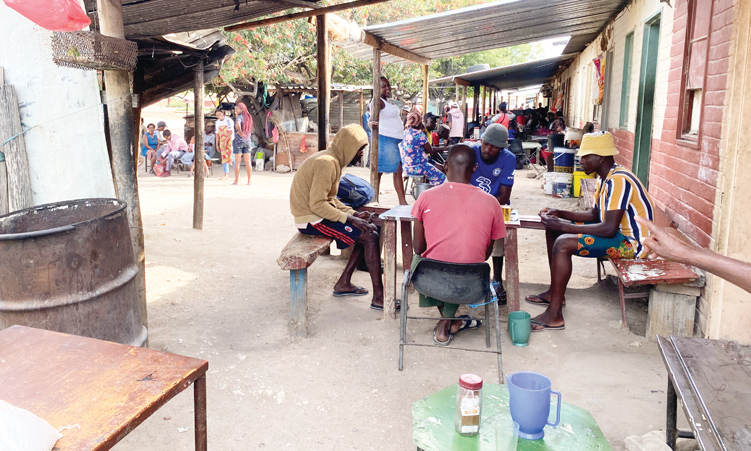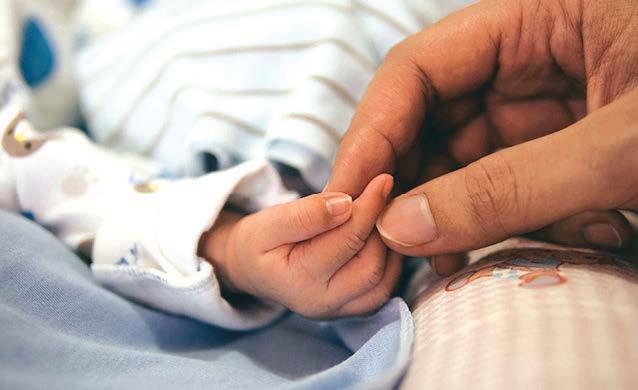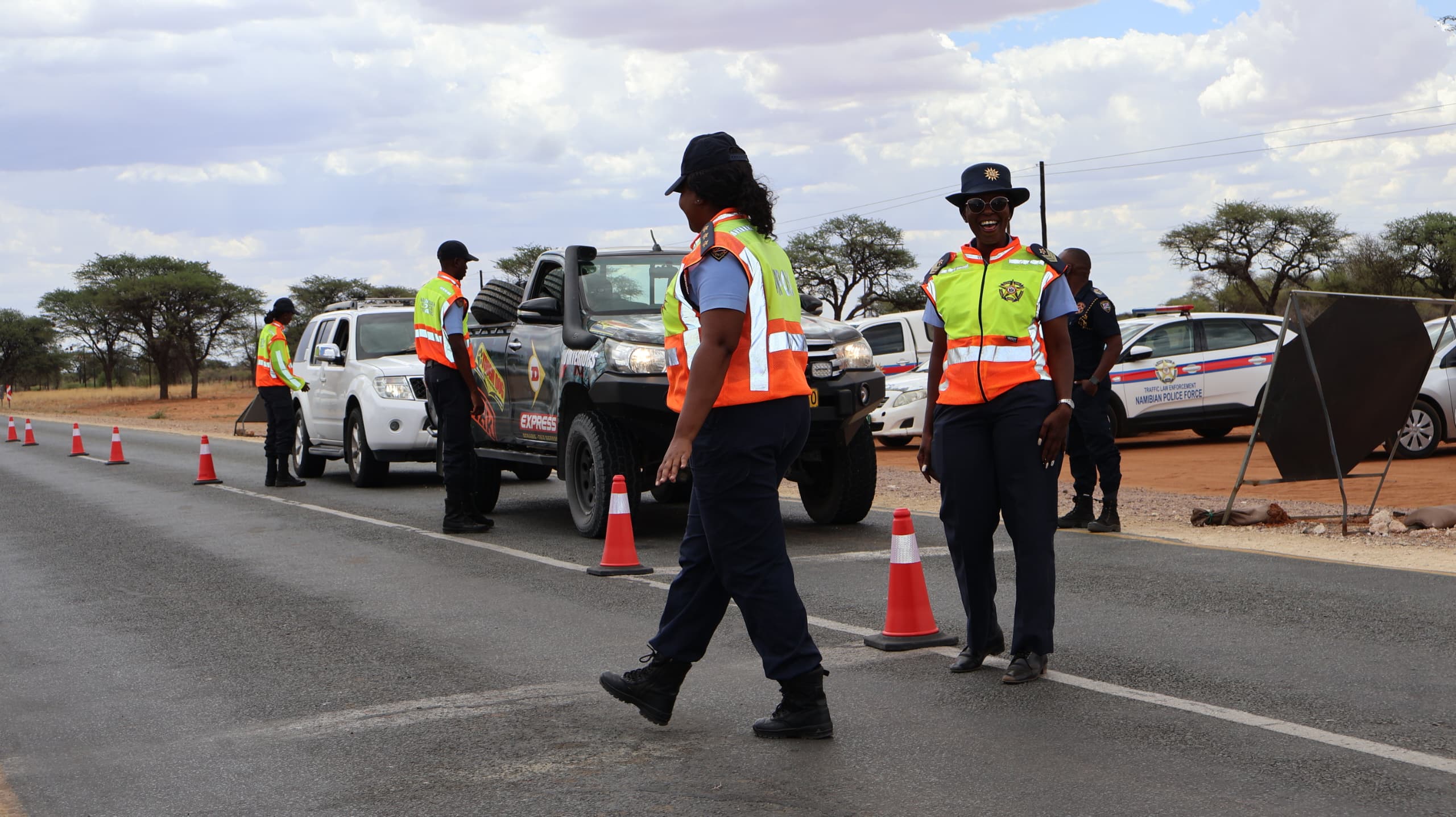The Ministry of Gender Equality, Poverty Eradication and Socail Welfare says more than 618 000 Namibians are surviving on social grants. These include old-age pensions, grants for orphans and vulnerable children (OVC) and disability grants.
At the same time, the latest World Food Programme (WFP) report notes that insufficient food production and reliance on poorly adapted rain-fed agriculture and external markets for food see poor households vulnerable to shocks and food price inflation.
The statistics also shows that the number of state old-age grant beneficiaries has increased by almost 10 000 this year alone, to 202 294.
The latest figures provided by the ministry indicate that 202 294 pensioners receive a monthly old-age grant of N$1 300, which is set to increase by N$100 at the end of July.
Last year, the ministry made payments to 192 544 pensioners, indicating an additional 9 750 new beneficiaries.
The state gives 356 756 orphans and vulnerable children a N$250 grant monthly, which will increase to N$350.
At least 50 927 Namibians get N$250 as a disability grant, and this too will increase to N$1 400.
In total, 618 110 Namibians receive state social grants.
Annually, the government pumps over N$5 billion into child care and social protection.
POVERTY
The report states that in May alone, 11 730 pupils were fed through the government’s school feeding programme, while 3 000 food insecure households received food assistance.
The programme states that case-based transfers for food assistance have 17 812 beneficiaries.
The WFP noted an urgent food need for over 30 000 beneficiaries affected by the residual effects of Covid-19 and prolonged droughts.
Additionally, 693 malnourished children from the communities of Drimiopsis, Skoonhied and Kanaan, aged 6 to 59 months, needed assistance.
The WFP report further details that a total of 7 315 food insecure households in the Ohangwena, Omusati and Kunene regions, of which a total of 6 327 households received direct cash, while 988 households received food vouchers. Overall, a total of 32 493 people needed to receive cash and food voucher assistance.
This happens as almost half of all Namibians are living in poverty.
The United Nations Population Fund said 43% of the county’s population are experiencing multidimensional poverty.
Prime minister Saara Kuugongelwa-Amadhila last week said almost 50% of Namibia’s population is currently facing poverty.
For marginalised communities, the situation remains gloomy.
The severe living conditions faced by marginalised communities include 68% living in poverty and 77% facing unemployment.
EMPLOYED BURDEN
The average employed person is faced with the rising cost of living in Namibia having become unbearable, with some food prices having more than doubled over the past decade.
The World Bank speculated that Namibia’s labour force was reported at 963 465 in 2022.
This is according to their collection of development indicators, compiled from officially recognised sources.
With high inflation rates and low wages, the increase in the cost of living has hit low-income households the hardest.
The first half of the year has seen overall inflation reach 6,3% in May, and increases in the repo rate by the Bank of Namibia to 7,75% added more challenges to the economic landscape.
Other hikes include utilities, with the cost of electricity increasing from N$1,82 per kilowatt-hour to N$1,98.
Labour expert Herbert Jauch highlighted that Namibia has an increasing number of vulnerable workers.
“The third big problem that we have is that about three out of four workers in Namibia earn just around N$1 400 per month or less. That is a wage that keeps people in poverty, with which they can’t meet basic needs and as a result, we have also a large number of people who can be called the working poor.”
They work all the time but they earn too little to climb out of poverty, he said.
GRADUATE BURDEN
Jauch said the latest countrywide figures from before the pandemic already showed unemployment at around 33% to 34%, increasing to around 45% or so among young people.
Over the last two years, thousands of jobless Namibians have flocked to apply for relatively few vacant positions.
In March, about 2 000 unemployed youths from Windhoek applied for 16 positions at a restaurant.
Country leaders, including president Hage Geingob, have warned that jobless youths could turn to terrorism.
The government created 2 800 additional positions within the police, prisons and military.
This happened as universities and vocational training institutions have pumped more than 84 000 graduates into the labour market over the past five years.
This continues to add more pressure to create jobs in the failing economy.
A 2020 National Planning Commission report details that the high rate of unemployment among the youth comprises graduates who fail to join the labour market every year.
The NPC report, which is focused on the root causes of unemployment and possible policy intervention, was published last month.
“As such, it hinders development and growth, and leads to low standards of living, high income inequality and even higher poverty rates,” notes the report.
The report further indicates that the high rates of youth unemployment represent both widespread personal misfortune for individuals and a lost opportunity for critical national and global economic development.
“High numbers of economically frustrated youth may also contribute to social instability,” the report reads.
REALITY
Economist Omu Kakujaha-Matundu describes Namibia’s socio-economic situation as “tough times” – a combination of force majeure and political factors. The socio-economic and natural factors such as Covid-19, devastating droughts, load-shedding in South Africa and the Russia-Ukraine conflict ganged up against our economy,” he said.
Cost-push inflation is wreaking havoc among the poorest of the poor, he added.
“Thousands have been thrown into a deep pit by the throes of our chosen liberal capitalist economic system. On the political front, we were caught napping.”
Kakujaha-Matundu said the lack of safeguarding Namibians against hard times like these had ushered the country into the current situation.
“Priority number one was pillaging the economy through corruption and a culture of no consequence and accountability. We ran down our green schemes, neglected the agricultural sector,” he noted.
SECTORAL EMPLOYMENT OPPORTUNITIES
Jauch unpacked the growth of sectors to identify possible employment opportunities.
“When we look at the sectors of employment in the country, very much the dominance of agriculture and fishing as the main sectors of employment, accounting for about a quarter of all jobs in Namibia,” he said.
The public sector employs 13%, accommodation and food services around 11%, and private households constitute about 10% of all jobs being created.
“So, these are the bigger sectors in terms of employment. What’s also important is construction with around 6%, transport storage about 5% and manufacturing with 6%, but that is far too low,” Jauch said.
He said the small manufacturing base and manufacturing sector in Namibia is one of the reasons for the high levels of unemployment.
“Our export of unprocessed goods, particularly from the mining sector, has contributed to that,” Jauch added.
Stay informed with The Namibian – your source for credible journalism. Get in-depth reporting and opinions for
only N$85 a month. Invest in journalism, invest in democracy –
Subscribe Now!








